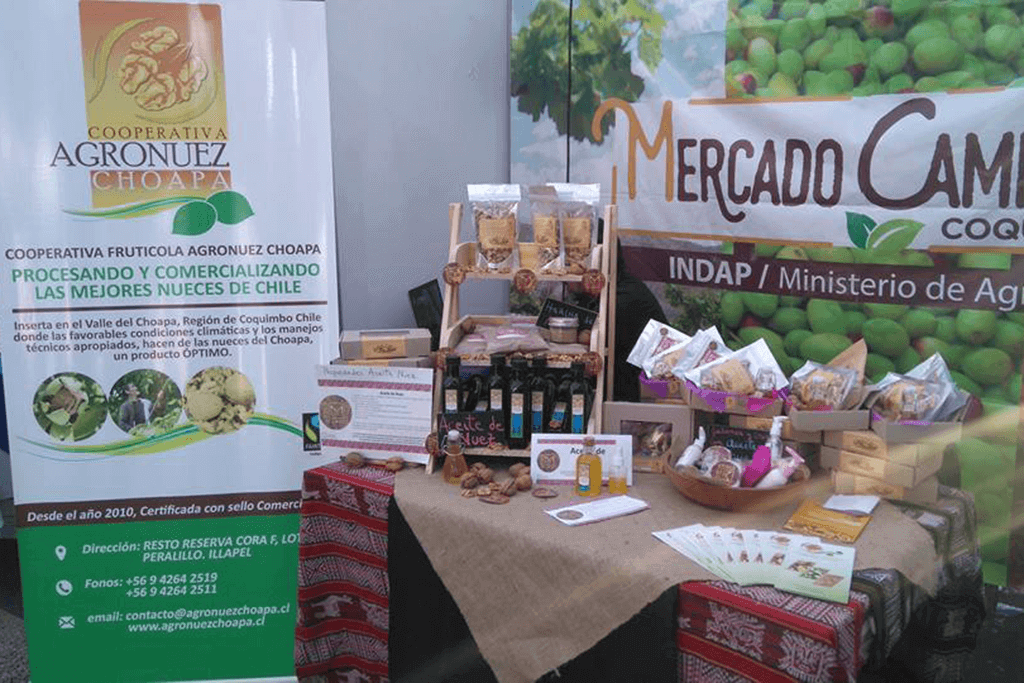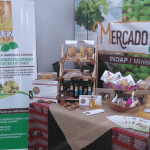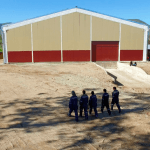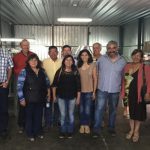Agronuez Choapa Cooperative: leadership, unity and good coexistence

Starting this note, the president of the Cooperativa Frutícola Agronuez Choapa, Renán Gálvez points out to me: “The cooperative starts from the fundamental need to market our products, bottlenecks until 2007.”
He also tells me that in 2007 there were 48 partners, and today, in 2013, there are already 84 partners and most importantly: “it was achieved that the partners didn’t seek the highest speculation price, the partners are at safe and stable prices that the cooperative pays. “
The cooperative is born out of producers, located in the Choapa Valley, Illapel Commune, which arise from the process of agrarian reform in Chile, where they leave the system of tenants to be producers of family agriculture. beans, sweet peppers, pisces) and small-scale livestock (cattle and goats), this meant that one had to wait at least six months to see some uncertain profit.
The producers of Valle decide to venture in plantations of fruit trees in order to have a better return with their products and given the edaphoclimatic conditions began with the planting of walnuts, but in 2007 a commercial crisis occurs, as indicated by Renán.
From that milestone, 48 nut producers from the Choapa Valley decided to organize themselves to face the commercial problems and managed the first year to jointly market 70 tons of nuts.

In September of 2007, the producers’ effort made possible the creation of the Cooperativa Frutícola Agronuez Choapa located in the Commune of Illapel, Province of Choapa, Region of Coquimbo.
From that moment the search for markets began, with a main focus on traditional external markets and external markets through fair trade. To this day, it has six clients, four in Brazil, one in Italy and one in Holland.

This meant that the year 2008 they leased a warehouse and contracted a processing plant (cleaning, selection, calibration and packaging) to respond to customers abroad.
By 2009 they had a processing plant of their own that has the authorization of the Agricultural and Livestock Service (SAG). In the year 2010 achieved the FLO Certification, Fair Trade, being the only certified nut company in Chile.
In 2013, a plot of land is purchased for the cooperative, where the processing plant and the warehouses will be permanently installed. Currently the plant operates on land that is temporarily granted by one of the members of the cooperative.
The 84 partners have an area of 135 hectares (with the varieties Serr and Chandler) and these increased to 158 hectares when other suppliers of the non-member cooperative were incorporated. With this area, 130 tons, 180 tons, 200 tons and 200 tons, the years 2010, 2011, 2012 and 2013 have been commercialized.
It is projected to market by 2016 about 500 tons. This would mean a return on exports of approximately US $ 2,100,000 (two million one hundred thousand US dollars) and sales in the domestic market are projected at USD 600,000 (six hundred thousand US dollars).
As for the commercial policy of the cooperative, only its partners market their nuts through fair trade and therefore only they can access the social benefits that this implies.
Another outstanding balance is the social capital of the cooperative in 2007. The initial capital was one hundred thousand Chilean pesos per partner (USD 197). At 2013, the capital stock reaches one million fifty thousand Chilean pesos per partner (USD 2067).
When consulting with the leaders about what they believe are the success factors of this cooperative, they point out: “First, the commitment of the members, then comes the leadership and commitment of the board, the complement of the technical assistance with the producers, technical teams committed to the cooperative, articulation with other institutions of the State that support the productive development, the space conquered in the fair trade, to have a clear vision in the commercialization and long term and that the income percentage goes more to the producers than to the cooperative “.
A great merit to highlight of this cooperative is that it arises from the producers’ initiative, there are no external factors that have lead to its creation and this has high relation with the social capital that this community counted with, which was installing from the process of the agrarian reform that was carried out in the country which marked an important milestone in the history of this community and other communities in the Choapa Valley.
Fuente: Fidamercosur.org











Leave A Comment